Fashion’s Sports Obsession Is No Accident
What’s the dollar value of being a premium sponsor of the Olympics?
LVMH deemed the answer to be €150 million ($163 million), according to Reuters, shelling out the hefty sum in a deal that looks to have been worth every cent so far.
NBCUniversal reported that viewership of the first four days of the Paris games was up 77 percent compared to the Tokyo Olympics, as an average of 33.8 million viewers tuned in across the live broadcast and later US primetime showings on NBCUniversal’s platforms. The opening ceremony alone was the most-watched since 2012, the network said earlier in the week.
There’s no doubt the luxury conglomerate is hellbent on getting its money’s worth in exposure. The work of LVMH brands has been plastered all over our TV screens and Instagram feeds this week, from the Dior haute couture ensemble worn by Aya Nakamura for her opening ceremony performance to the record-breaking gold medal that adorned Simone Biles’ neck on Tuesday, which was created by LVMH-owned high jewellery label Chaumet, and presented — you guessed it — on a Louis Vuitton-designed tray.

Some of the biggest splashes have come from smaller players. Team Liberia’s opening-ceremony outfits, by Telfar — with necklines which referenced the shape of the African continent — provided some iconic imagery during last Friday’s rainy broadcast. So did the outfits of South Sudan, whose sleek suiting was provided by Rwandan label Moshions.
The Olympics has unquestionably been the crowning moment of the much-discussed marriage of the sports and fashion industries.
In years gone by, fashion’s involvement in sport was limited to brands co-opting the aesthetic of “safer” more affluent sports, like tennis or golf, and staying well clear of sports like football. Now, just about every sport presents an opportunity, as even competitions like Formula 1, which previously had little relevance to fashion, now represent marketing moments for luxury and beauty brands.
The shift is no accident. It’s been a long time coming, as a number of factors in recent years have joined forces to make sport into fashion’s most exciting new arena.
Sport is one of the last vestiges of monoculture
For decades, the media landscape has grown increasingly fragmented, as more channels have appeared to serve different audiences with different interests. The rise of the internet only accelerated the trend. Streaming now commands a greater share of viewers than cable television, allowing viewers to choose what they want to watch and when they want to watch it.
Sporting competitions, however, have remained one of the few types of broadcast to control a huge live audience.
“Sport is now the only by-appointment thing to watch on TV or tune into live at that point in time — everything else is on demand,” said Clive Reeves, PwC’s UK sports leader, in BoF’s case study on fashion’s new rules for sports marketing. “To be in the conversation, you need to watch sport at that point in time, which makes it the only thing left in society that really drives a huge volume of people at specific moments, which for brands is very special and valuable.”
Digital platforms are starting to change sports viewership, too, but countless fans are also attending live sporting events, with stadium attendance for several leagues breaking records in 2023.
Athletes are eclipsing the world’s biggest celebrities
Athletes have always controlled attention, but today they’re some of the biggest stars in the world. The two most-followed people on Instagram are footballers Cristiano Ronaldo and Lionel Messi, ranking ahead of entertainers and influencers like Selena Gomez, Kim Kardashian and Beyoncé.
Increasingly athletes are brands in and of themselves, at times more influential and recognisable than the teams they play for. Fashion has become a critical component of how they brand themselves and show off their personalities in this context, while their visibility and cultural clout make them great channels for brands looking to bolster their own images and reach new audiences.
Young sports stars and fans are growing up online
Today’s young sports fans do not simply support their favourite team or player in isolation — they track their daily lives around the clock on social media, follow dedicated fan accounts, listen to podcasts featuring or hosted by them and emulate their careers in video games. People want to see who they’re dating, what they’re wearing to dinner, their skincare routine or their pre-game dance routines.
WNBA Tunnel, an Instagram account founded in May by LA-based PR and marketing specialist Velissa Vaughn, has already amassed over 50,000 followers who tune in for daily content of basketball players-turned-pre-game models arriving for their games in designer clothing.
Apps like Instagram and TikTok have also allowed young athletes to monetise their personal brands and have closer relationships with their fans in ways previous generations couldn’t. Now, sports stars are amassing millions of followers — while earning millions from brand deals — before they’ve even left college.
The rise of women’s sports
The past year has seen a groundswell in support and investment into women’s sporting competitions. The rising appreciation for superstar female athletes is enticing luxury womenswear and beauty brands to invest their marketing budgets in new opportunities.
Women’s basketball has led the way. Luxury brands from Balmain to Versace now clamour to dress players like Caitlin Clark, Angel Reese and Kelsey Plum, getting their products on the pre-game WNBA tunnel walk, as the league’s viewership has soared this season. Brands like Skims, Glossier and New Balance have announced partnerships with the WNBA and USA Basketball.
“Women’s sport continues to see a surge in interest and shows significant growth potential,” PwC analysts wrote in the company’s 2024 global sports report. “With unprecedented attendance and viewership of women’s events, 2023/24 was a record-breaking year that suggests a positive change in consciousness.”
A summer of sport like no other
From Wimbledon to the European Football Championships to Copa America to the Olympics, this summer has been a non-stop sporting festival. Brands and retailers have accordingly sought to cash in on heightened interest in these events. London’s Selfridges department store, for example, has hosted a summer-long “Sportopia” activation, including events such as a Nike x Jacquemus pop-up featuring a jumbo-sized Swoosh bag.
Brands also announced an unprecedented flurry of partnerships and collaborations ahead of the summer. Kith released a collection with Team USA Basketball, modelled by All-Star Kevin Durant in the accompanying campaign; P&G-owned Mielle Organics was named as the official textured hair product of the 2024 Olympics, building on its previous partnerships in sport with Angel Reese and the WNBA.
Traditional sportswear brands are enjoying the benefits of fashion consumers flooding into sport. On Wednesday, Adidas chief executive Bjørn Gulden told analysts that the brand’s better-than-expected second-quarter earnings were in part thanks to fashion’s newfound obsession with football jerseys (popularised by the “blokecore” trend, which has amassed 20 million posts on TikTok). In the US, Google searches for football kits reached an all-time high in July, according to a report published by the platform.
“This summer, the rise of football within pop culture has introduced a new audience of Gen Z influencers and celebrities to the art of the sport,” wrote Sagal Mohammed, editorial and creative lead at Google.
Fashion brands will go where the eyeballs are when searching for tastemakers to work with. Whether that’s Louis Vuitton tapping Roger Federer and Rafael Nadal, or brands dressing young college basketball stars like Paige Bueckers to access their millions of TikTok fans, it’s clear that athletes — and sports in general — are now at the top of fashion brands’ priority lists.
THE NEWS IN BRIEF
FASHION, BUSINESS AND THE ECONOMY

Armani posts a slight sales drop in the first half of 2024. The weakening in sales reflects “an adjustment within the luxury market, especially in the Asia ex-Japan region and the more accessible segment of the offer,” Armani said in a statement Monday. Operating profit at the Milanese group totalled €215 million.
Ferragamo’s operating profit dropped 41 percent in the first half. Earnings before interest and tax came in at €28 million ($30.2 million), beating analyst expectations of €20 million. Revenues at the leather group fell 6 percent at constant exchange rates in the second quarter.
Hugo Boss confirms 42 percent drop in second-quarter operating profit. Hugo Boss said its earnings before interest and tax fell to €70 million ($75.8 million) in the second quarter from €121 million a year earlier, as reported last month. Its quarterly net income slumped 50 percent year-on-year to €39 million.
Chanel raises €700 million from high-grade private debt market. Goldman Sachs Group Inc. and Societe Generale SA arranged the debt for Chanel, according to people familiar with the matter. This form of private debt enables borrowers to bypass volatility in public credit markets.
Prada to open 8,000-square-foot Hong Kong store after years of downsizing. Construction work for the two-floor store, which will be Prada’s first major new store in Hong Kong in years, will begin soon. The outpost is expected to open early next year. Rent is likely to be partly based on store sales, people familiar with the matter said.
Hugo Boss may push back 2025 targets as the luxury sector falters. Shares in the company fell as much as 10 percent in July as it cut its full-year sales and earnings forecasts, citing weakening global consumer demand, especially in China and Britain.
Tiffany & Co. and CFDA launch award for jewellery designers. Select participants, to be announced in the fall, will be invited to take part in “an immersive learning experience” with the LVMH-owned jewellery house, the company said. One designer will be chosen for a year-long fellowship with Tiffany’s design department and receive a $50,000 prize.
Adidas regains momentum with retailers on the Samba boom. The German sportswear company posted currency-neutral revenue growth of 17 percent in its wholesale business last quarter, a sign that retail partners are again embracing Adidas products. Adidas shares were little changed in early trading, and are up almost 30 percent this year. Industry leader Nike Inc., by contrast, is down more than 30 percent in 2024.
Canada Goose boosts sales on Asia strength. The company reported better-than-expected revenue of C$88.1 million ($63.5 million) for the fiscal first quarter, driven by strong sales in Asia, despite a 3 percent drop in North American sales.
Amazon shares tumble on slowing online sales growth. The retailer’s shares dropped more than 8 percent after the company reported only 5 percent growth in online store sales for the second quarter, compared to 7 percent growth in the first quarter. The company’s quarterly profit and cloud computing sales, however, beat analysts’ estimates.
Next raises guidance as British retailer’s sales soar abroad. The retailer said full-year pretax profit is now expected to reach £980 million ($1.3 billion), up from previous guidance of £960 million. Next also reported full price sales rose 3.2 percent in the 13 weeks to July 27, having previously told investors to anticipate a fall in sales after warm weather last summer.
Fred Segal shutters in Los Angeles. Two of its local stores and the Fred Segal website shut down this week, though the Fred Segal furniture store in LA’s Culver City neighbourhood will remain open, as will its shop-in-shop concept at Resorts World Las Vegas. Owner Jeff Lotman cited lingering challenges from the pandemic as reasons for the closure.
THE BUSINESS OF BEAUTY

L’Oréal second-quarter sales rise but depressed China market weighs. The Paris-based company said sales in the quarter reached €10.88 billion ($11.75 billion), up 5.3 percent from a year earlier, but below the 5.9 percent growth projected by analysts.
P&G posts surprise sales drop as demand slows despite price controls. Fourth-quarter net sales slipped to $20.53 billion and missed Wall Street expectations of $20.74 billion. Weak spending in China and a continued sales hit for its beauty brand SK-II due to consumer boycotts on environmental matters have also been issues of concern for P&G.
Blake Lively launches hair care line. On Aug. 4, the “Gossip Girl” star will launch her debut hair care line, Blake Brown, at Target stores. The eight-product assortment includes two shampoo and conditioner sets, as well as a range of hair masks.
PEOPLE

Balmain appoints Bruna Scognamiglio chief marketing officer. She succeeds Txampi Diz, who departed the Mayhoola-owned French house after nearly two decades in March. Scognamiglio will report to Balmain’s newly-appointed chief executive Matteo Sgarbossa.
Selfridges CEO Andre Keith to exit amid luxury upheaval. Keith, who previously revitalised Hong Kong’s Lane Crawford department store, joined Selfridges in early 2021 as managing director during the lead-up to a blockbuster sale to Thailand’s Central Group and Austria’s Signa Holding. He took the reins as CEO in June 2023.
Blumarine hires David Koma as creative director. Koma will become the brand’s third creative director in two years, after former Tod’s designer Walter Chiapponi left the brand after just one season in the role. Koma’s first collection for the brand will be Pre-Fall 2025.
Shiseido names Kentaro Fujiwara as CEO, effective Jan 2025. The incumbent CEO, Masahiko Uotani, will retire at the end of this year, but remain an advisor to the company. Fujiwara’s appointment has been carefully orchestrated in a five-year succession plan.
Adidas has extended its contract with basketball star Anthony Edwards. Edwards’ signature shoe with Adidas, the AE 1, is its most in-demand basketball sneaker since launching at the end of last year. Edwards is central to Adidas’s plan to scale its basketball category, which in turn is a key element of the brand’s expansion plans in North America.
Compiled by Yola Mzizi.
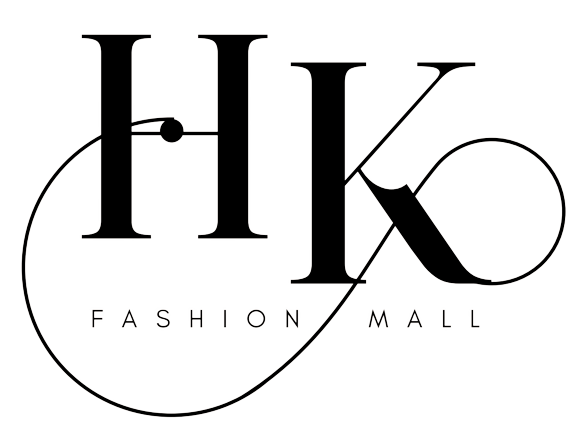
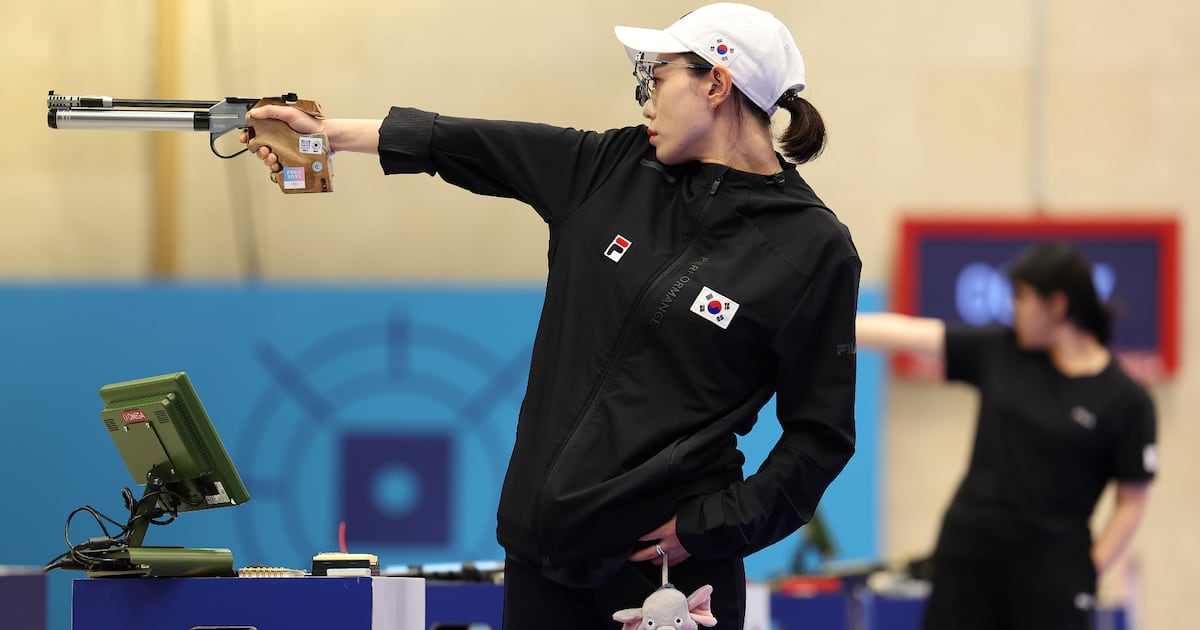

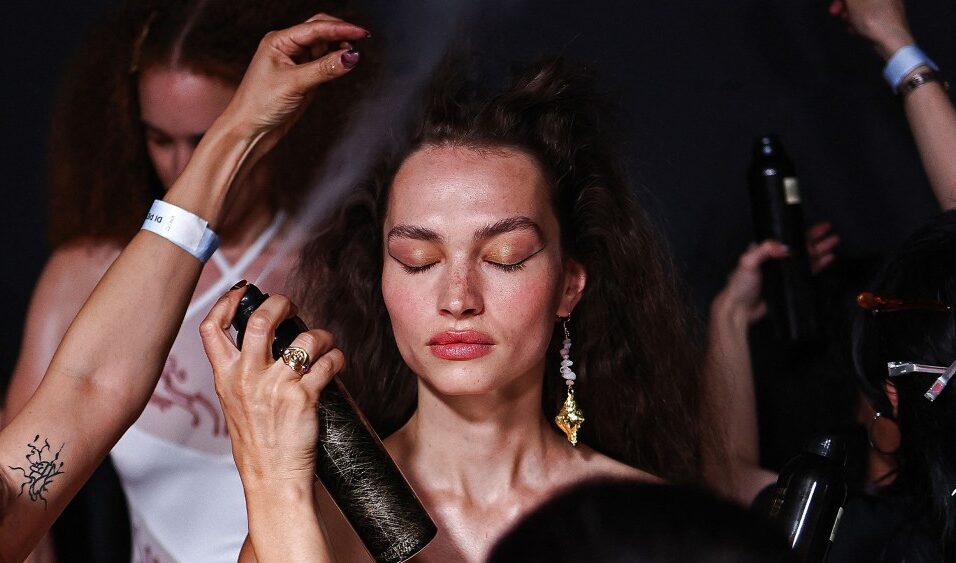
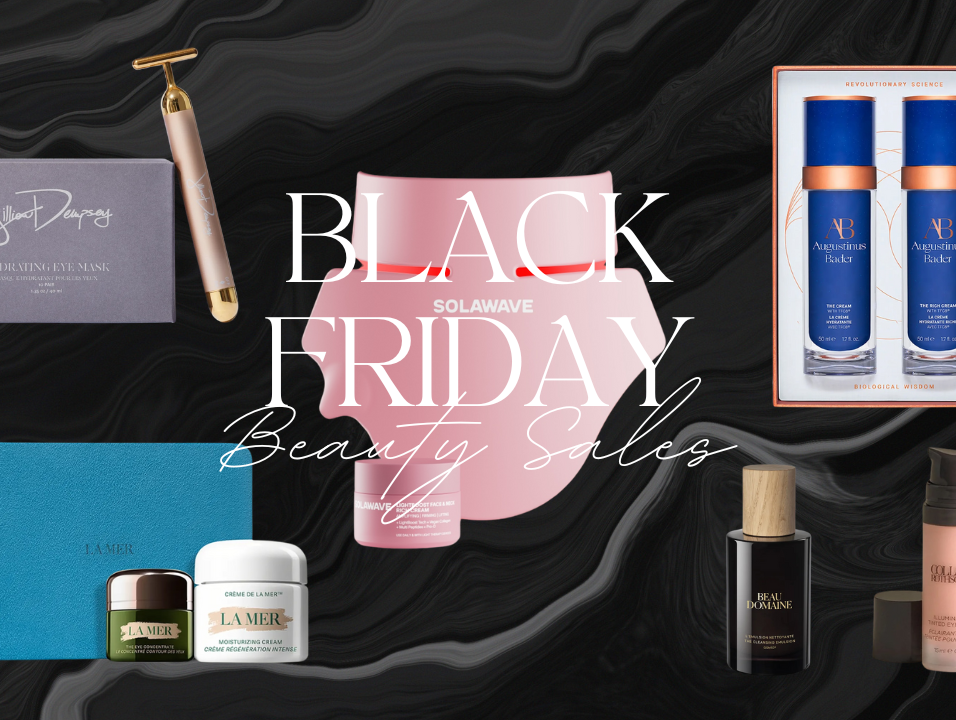
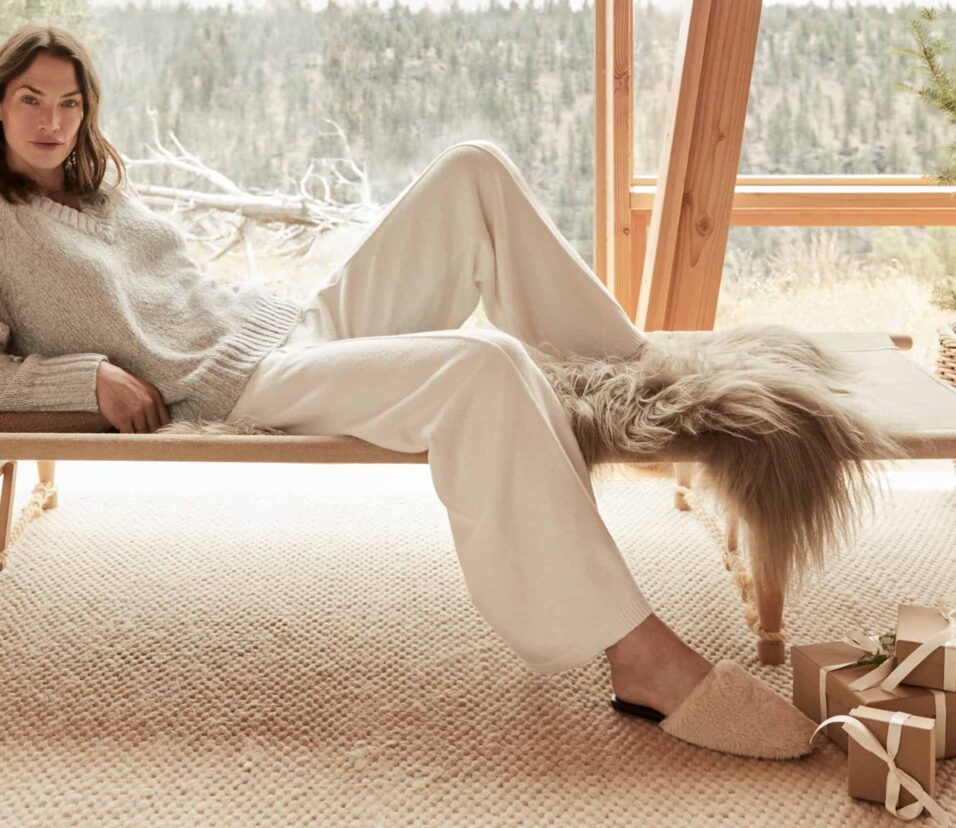
Leave feedback about this